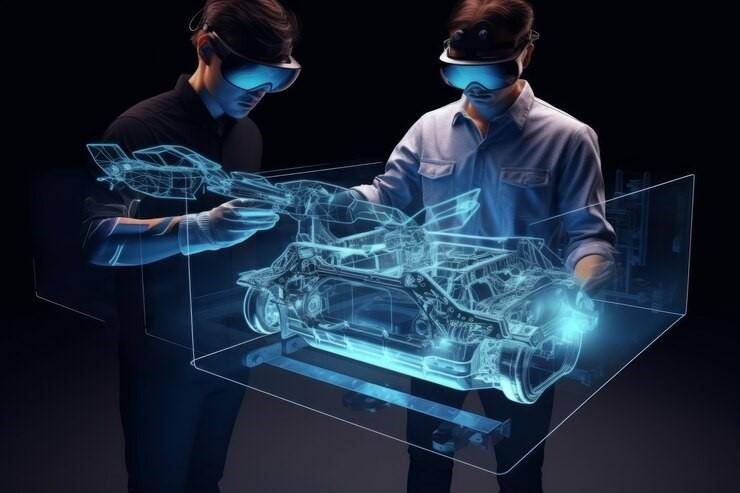The Evolution of Connected Automotive Solutions

Connected automotive solutions encompass a wide range of technologies and services aimed at enhancing the connectivity, convenience, and safety of vehicles. At the heart of these solutions lie embedded sensors, communication modules, and software platforms that enable vehicles to communicate with each other, with infrastructure, and with external services in real-time. This connectivity opens up a world of possibilities, from remote vehicle monitoring and diagnostics to intelligent navigation and autonomous driving.
One of the key benefits of connected automotive solutions is their ability to improve driver safety and comfort. Advanced driver assistance systems (ADAS), enabled by connectivity, provide drivers with real-time alerts and assistance to help prevent accidents and mitigate risks on the road. From adaptive cruise control to lane-keeping assistance, these systems leverage sensor data and vehicle-to-vehicle communication to enhance situational awareness and improve overall driving experience.
Moreover, connected automotive solutions enable predictive maintenance and remote diagnostics, allowing manufacturers to monitor vehicle health in real-time and proactively address potential issues before they escalate. By analyzing data from onboard sensors and systems, manufacturers can identify maintenance needs, schedule service appointments, and even deliver software updates over-the-air, minimizing downtime and maximizing vehicle uptime.
Furthermore, connected automotive solutions facilitate personalized and context-aware services for drivers, enhancing the overall driving experience. From intelligent infotainment systems that provide tailored content and entertainment options to location-based services that offer recommendations for nearby amenities and attractions, connected vehicles can cater to the individual preferences and needs of drivers and passengers.
Additionally, connected automotive solutions play a crucial role in shaping the future of mobility through the advent of connected and autonomous vehicles (CAVs). By enabling vehicles to communicate with each other and with infrastructure, connected solutions lay the foundation for safer, more efficient, and more sustainable transportation systems. From traffic optimization to dynamic route planning, CAVs promise to revolutionize the way we move people and goods, reducing congestion, emissions, and accidents on our roads.
However, the widespread adoption of connected automotive solutions also brings challenges and considerations, particularly around data privacy, cybersecurity, and regulatory compliance. As vehicles become increasingly connected and reliant on digital technologies, manufacturers and policymakers must work together to ensure that appropriate safeguards are in place to protect consumer data and ensure the safety and security of connected vehicles.
In conclusion, connected automotive solutions represent a paradigm shift in the way we think about transportation, offering unprecedented opportunities to enhance safety, efficiency, and convenience on our roads. By leveraging advanced connectivity technologies, manufacturers can create smarter, more responsive vehicles that are better equipped to meet the evolving needs of drivers and society. As the automotive industry continues to embrace digital transformation, connected solutions will remain at the forefront of innovation, driving us towards a future of connected, autonomous, and sustainable mobility.
- Business
- Travel
- Art
- Causes
- Crafts
- Dance
- Drinks
- Film
- Fitness
- Food
- الألعاب
- Gardening
- Health
- الرئيسية
- Literature
- Music
- Networking
- أخرى
- Party
- Religion
- Shopping
- Sports
- Theater
- Wellness
- Finance


